The concept of AI was initiated in the 1950s, and the world has started to see how powerful and useful AI is when used appropriately. The advent of modern AI is often compared to the industrial revolution of the 1750s to 1850s, where the world took a quantum leap. Did You Know? You have been using AI based applications multiple times a day . Today, we carry smartphones, laptops, fitness trackers, and use food and travel apps. And all these applications generate data. A study conducted in 2016 suggested that globally, in every eight months, we are doubling the amount of data on the planet. It is not possible for human beings alone to collect and process large amounts of data to make reliable investing decisions. This is where AI or machine learning driven investment models come in. Who can explain this better than a data scientist with about two decades of experience in quantitative analysis and in building trading models! Meet Dr Chetan Mehra, Head – Quantitative Investments, IDFC AMC. In a special webinar organized by PMS Bazaar, 'Data, Portfolio Manager & Machine - The IDFC NEO Equity PMS Strategy' Dr Mehra shares his widom on the world of AI models and investing.

About the speaker
Dr Mehra holds a PhD in Computer Science, focusing on Multi-agent Systems in Computational Finance from the University of Southampton and an MBA in Finance from the University of Leeds. His PhD focused on a data science approach to capturing structure in data to build smart portfolios. He has managed global futures, equity and multi-asset portfolios and has trading experience in all four asset classes for listed and OTC instruments in all liquid markets. He manages the IDFC NEO Equity Portfolio, a PMS strategy, one of the only pure-play AI-based portfolios in the Indian financial services landscape.
NEO way
IDFC NEO Equity Portfolio is a basket of large and mid-cap stocks. It is built by combining Machine Learning (ML) based investment process with the expertise of the portfolio manager.
Risk Management is at the core of the investment process. The portfolio seeks outperformance with low volatility.
The portfolio is agnostic to any specific theme or investment style. Neo builds a cohesive team of stocks using factors, rather than finding individual superstars. This is done by using a scientific process driven by data, so as to minimize human biases.
"In NEO, we use what we call machine learning. Machine learning is literally 95% of AI. Machine learning is where you use algorithms from computer science to build models. There aren’t one or two algorithms, but thousands of them. It depends on the kind of data you have and the sort of problem you're trying to solve," explains Dr Mehra.
ML is a very powerful method, but knowing just ML will not suffice. You need to have knowledge of the problem you are trying to solve. The manager of an ML-driven portfolio is required to have the requisite knowledge related to computer programming, statistics, and financial expertise.
Evidence-based investing
The term 'scientific approach' towards investments sounds like a mouthful. Scientific process is a process where you work based on evidence, instead of some article that you read in a magazine etc.
The AI model finds out what the data says and what a company historically does if it has these kinds of factor exposures. The data tells you which path to take, and there is a statistical process to follow for that.
Data is the most crutial element for AI. If you don't have data, you cannot do any machine learning. So, the quality of data is most important.
An AI-based investment approach is different from a regular Quant based approach
"...big difference between a machine learning model and a quantitative model is that a quantitative or statistical model usually comes predefined from a book.” says Dr Mehra. He further adds that in machine learning, you have an algorithm, and you have historical data sets. Let's say you have 1 million data points. To solve a problem, you will typically break that data set into, let's say, 1000 pieces of equal size. And the algorithm will start on the first part of the data set, it will make a small prediction, it will find the error, note it, then increase the window size. So it's one plus two. So it's a bigger data set, then it tweaks the model, with the objective of reducing the error. So what it is doing is, it is discovering a mathematical equation over many, many 1000s of steps.
"And by the time it reaches the end, it has found a reasonable model. Now, this model can be different from a quant model, or it can be quite similar. But it did not come from a book. The algorithm has learned this from the data that it has been given. So the strength of an AI model is that as the data changes, the model will also adapt," shares Dr Mehra.
To summarise, a quant model uses a set discovered equation for arriving at the stock portfolio. In IDFC Neo Equity Portfolio’s proprietary algorithm powered by Artificial Intelligence, portfolio attributes or factors (like P/E, ROE etc) are curated by the algorithm after it runs on datasets multiple times, improving its predictability by correcting the errors found along the way. With every additional data set, the algorithm learns, corrects errors and improves its predictability. Thus, the model discovers and keeps re-discovering the mathematical equation to use which provides the right set of portfolio attributes or factors.
Importance of 'factors'
IDFC Neo Equity Portfolio aims for a risk-reward balanced portfolio by picking the right set of factor exposures rather than picking individual stocks
What does that mean? What is a factor? Neo looks at factors and builds exposure to factors. Factors such as Price to Book, Dividend Yield, Return on Equity, Long term Growth of Earnings etc.
For example, if one decides that they must have exposure to the information technology sector. Conventional wisdom would be to buy Infosys, arguably the best IT stock. But in a factor-based approach, the exposure would be to buy most of the information technology stocks in small quantities. So, here the "factor" is the "sector".
"You're not talking about superstar stock, or we have a very large position in stock 'X'. We are supposed to build exposure to factors. We could build exposure to "dividend yield". That doesn't mean we pick up the stock with the highest dividend yield. We try to find the better stock, which have the highest exposure to "dividend yield", and we aim to buy them," says Dr Mehra.
As you can understand, the idea is reduce as much specific risk as one can. A factor-based approach is a very institutional approach to building a portfolio.
Dr Mehra further explains the concept using a relatable example of a Thali. He explains that if you are served a Thali for dinner, it will usually consist of dal, two vegetable dishes, rice, chapati to form a complete meal. For a human being this is just regular food, but the Neo algorithm doesn't just see dal and chapatti. The algorithm sees protein, carbohydrates, vitamins, etc. Essentially it looks at the key components needed to form a complete meal. Let’s say the algorithm identifies that protein and vitamins are good for us. Exposure to these will be increased by adding more dal and vegetables. The type of dal or vegetables does not matter as long as they have highest amount of protein and vitamins. Like the Thali, which is rich in protein and vitamins, Neo intends to build our portfolio to have the right set of factor exposures. Right balance of factor exposures could aim to reward a portfolio in a rising market and while seeking to limit the downside in a falling market.
While most portfolios fixate over what stocks they have, Neo fixates over right factor balance to achieve good balance of risk and reward.
The Neo Investment Process
IDFC NEO uses its 'SCORE' approach
'S' stands for sourcing, screening, analysing to identify factors that influence returns
'C' stands for cleaning and curating data for analysis to meet investment requirements of generating potential sources of alpha
'O' stands for optimum portfolio. Optimal stocks are identified to be included in the portfolio
'R' stands for risk management of the portfolio to maintain the desired risk-reward balance
'E' stands for evolution, i.e. the machine learning process continuously learns and keeps evolving to improve its portfolio management ability
Investment Universe
IDFC NEO only focuses on the BSE 200 constituents. If a stock is not part of the BSE 200, the PMS strategy does not include it in its portfolio one. BSE 200 is also the portfolio's benchmark. Do note the IDFC NEO portfolio has no small caps. "And the reason for that is best quality data in India is available only for larger companies," Dr Mehra said.
Use of filters
Dr Mehra explained that the portfolio manager would use filters to screen stocks for AI models. "The portfolio manager may introduce filters such as governance filter, liquidity filter, and eliminate stocks from the BSE 200 universe basis prevailing market conditions. It is the machine that identifies the right mix of stocks, then selects the optimal one with most suitable risk-reward balance," he clarified.
Machine
The portfolio manager continuously identifies datasets that can provide alpha opportunities.
Once the data for the eligible stocks is fed in the machine, the algorithm selected by the portfolio manager sifts through cleaned data to identify relationships between portfolio attributes or factors of stocks and then selects stocks basis the right mix of factors. Thus, instead of buying a superstar company, or a superstar stock, or betting on the superstar CEO, the AI model identifies the factor (as spoken of in detail earlier) in which the stock would fit in.
Risk Management
"In terms of restrictions and parameters, we try to run not a very large portfolio; we run approximately 35 stocks.. No stock is more than 10% of the portfolio. No single sector is more than 40% of the portfolio. We actively watch out for risks that are developing in the market," Dr Mehra said.
The whole portfolio usually doesn't change; only a few stocks will change. IDFC NEO has held some stocks for almost two years. However volatile periods can bring in some quick changes sometimes.
"We simply follow a scientific process; we find where the evidence is, where the premium is. And wherever our model says the premium is, we go there. We don't try to do this with growth or value investing. We just follow a scientific process," Dr Mehra said while responding to a question on investment style.
If you missed the opportunity to listen to the experts directly, you can relive the entire session through the appended link below:
For more information, please contact info@pmsbazaar.com
Recent Blogs

Long-Only AIFs Rebound Sharply in October; Long-Short Strategies Lag Despite Lower Volatility
106 long-only AIFs averaged 3.68% vs 32 long-short AIFs at 2.7%; only 24–31% of funds beat key indices
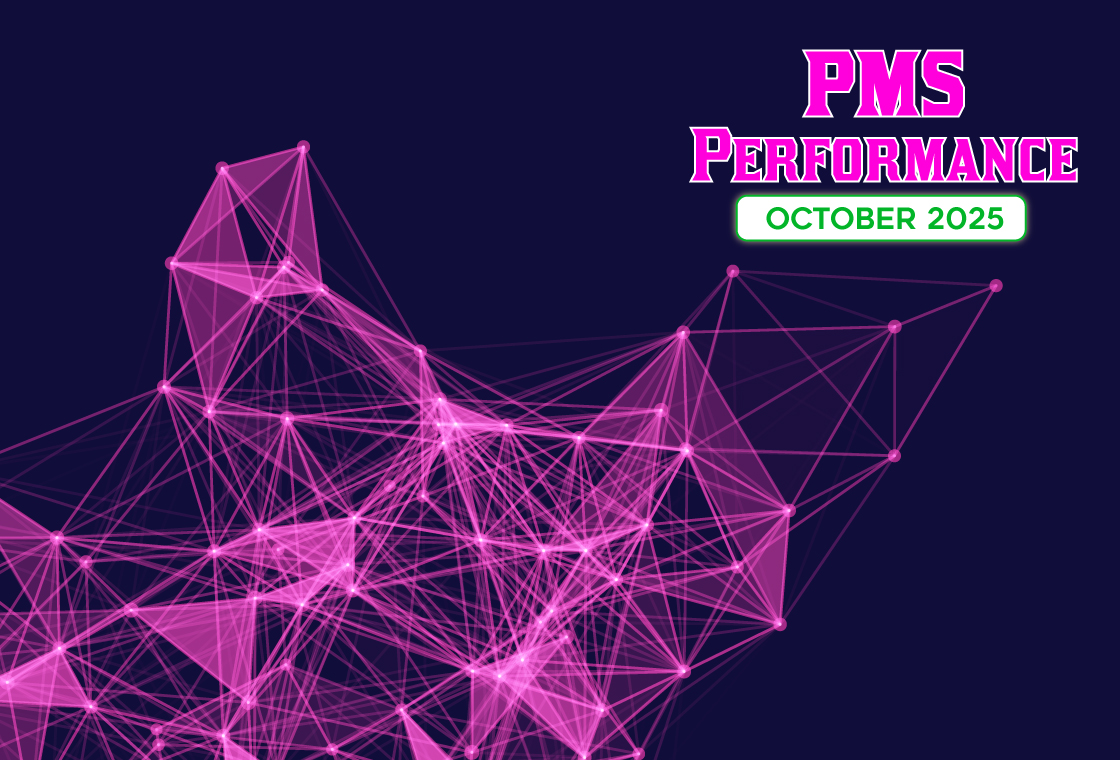
Markets log strongest monthly gains in 7 months; PMS performance turns near-uniform in October
Nifty 50 TRI gained 4.62%, BSE 500 TRI rose 4.27%; 415 of 427 equity PMSes ended positive
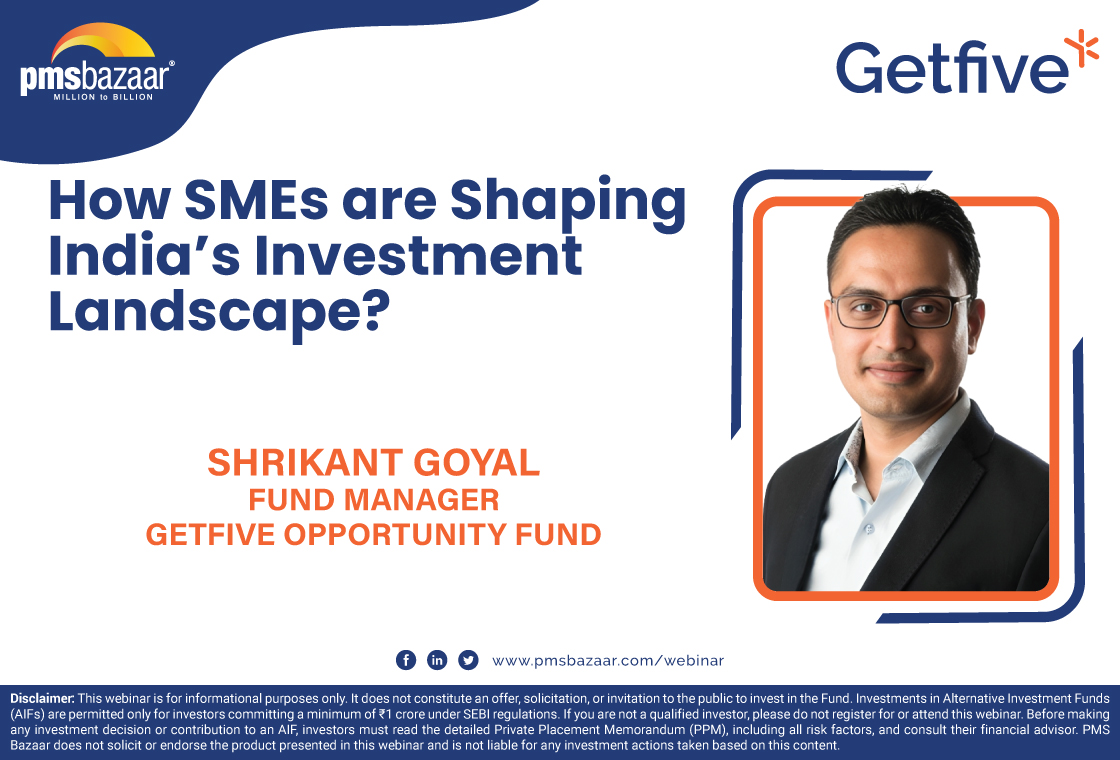
How SMEs are Shaping India’s Investment Landscape?
PMS Bazaar recently organized a webinar titled “How SMEs are Shaping India’s Investment Landscape?” which featured Mr. Shrikant Goyal, Fund Manager, GetFive Opportunity Fund.
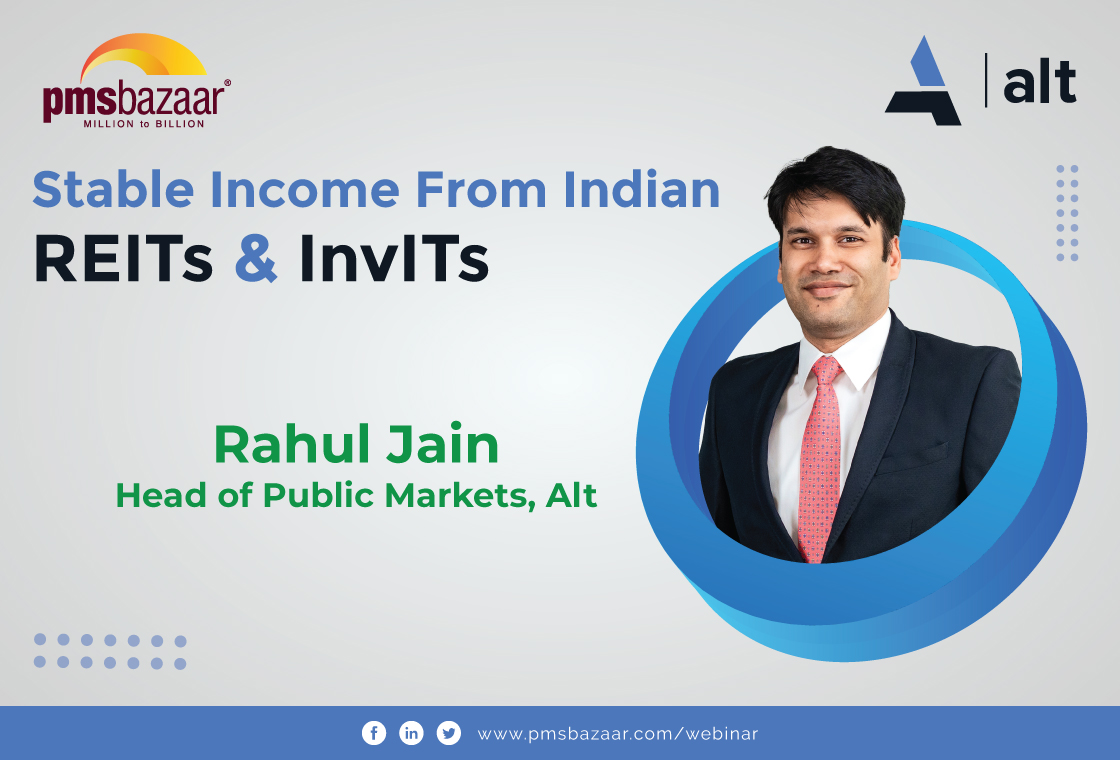
Stable Income from Indian REITs and InvITs
PMS Bazaar recently organized a webinar titled “Stable Income from Indian REITs and InvITs,” which featured Mr. Rahul Jain, Head of Public Markets, Alt.
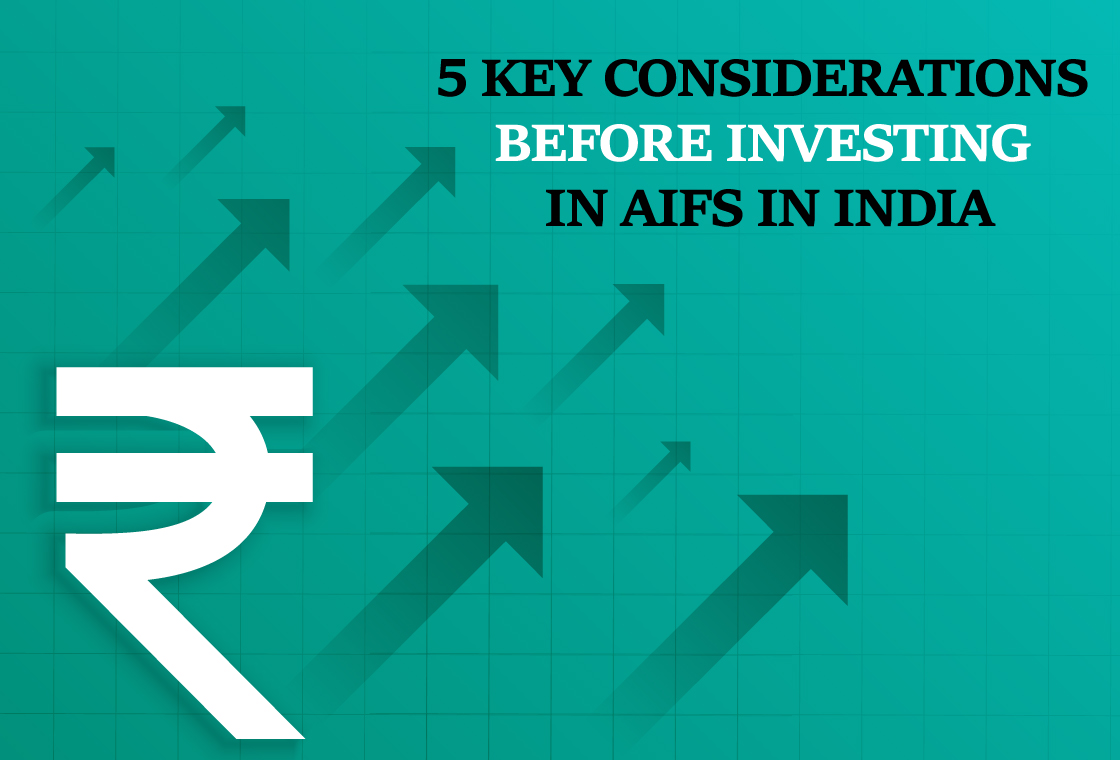
5 Key Considerations Before Investing in AIFs in India
Alternative Investment Funds (AIFs) have emerged as a compelling option for sophisticated investors seeking diversification and potentially superior returns. But venturing into AIFs requires a clear understanding of their unique characteristics that go beyond simply knowing what they are and their categories.
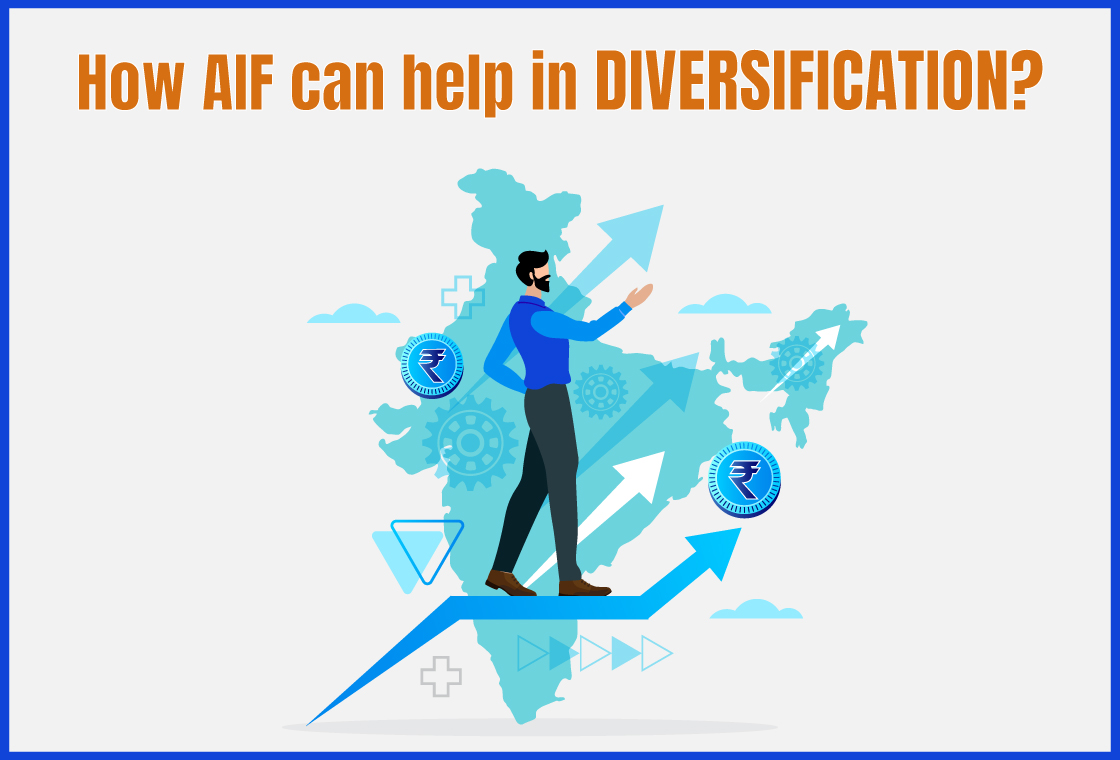
How AIF can help in diversification?
Traditionally, Indian investors have relied on a mix of stocks and bonds to build their wealth. While this approach offers diversification, it can still leave your portfolio vulnerable to market fluctuations. Enter Alternative Investment Funds (AIFs), a dynamic asset class gaining traction for its ability to unlock diversification beyond the realm of conventional options.
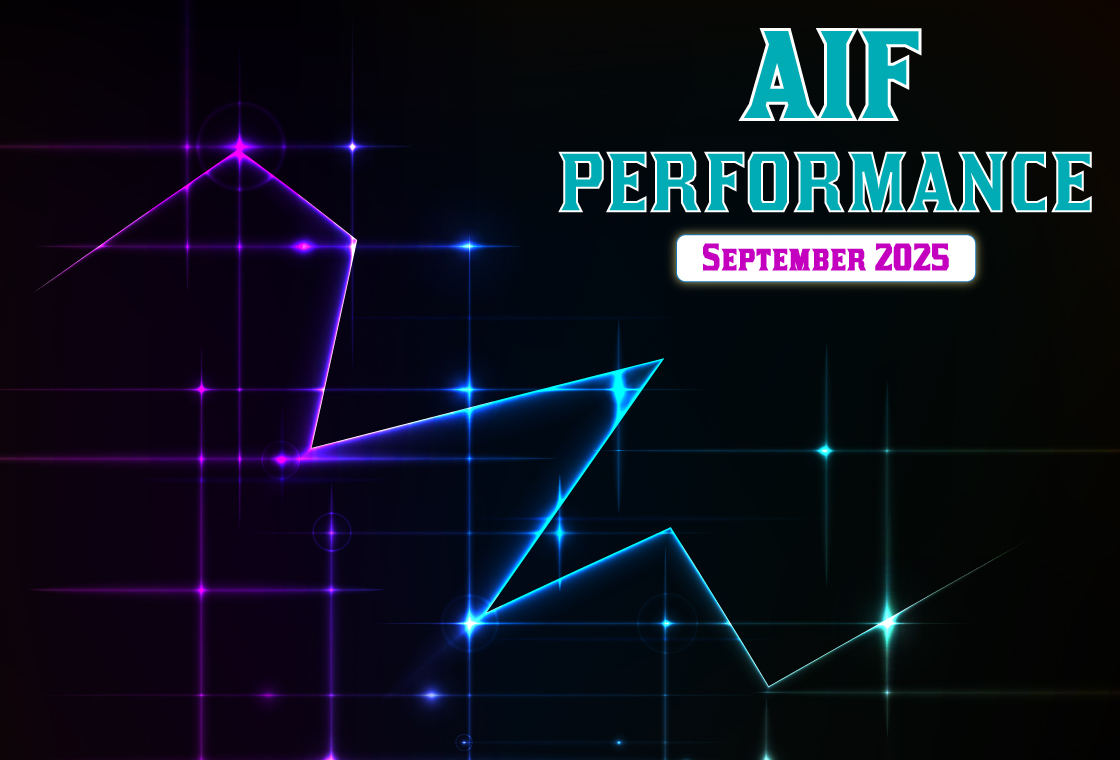
Long-Short AIFs Outperform Again Even as Markets Rebound in September
104 long-only funds shows an average monthly gain of just 0.37 per cent, while long-short AIF category averaged 0.94 per cent
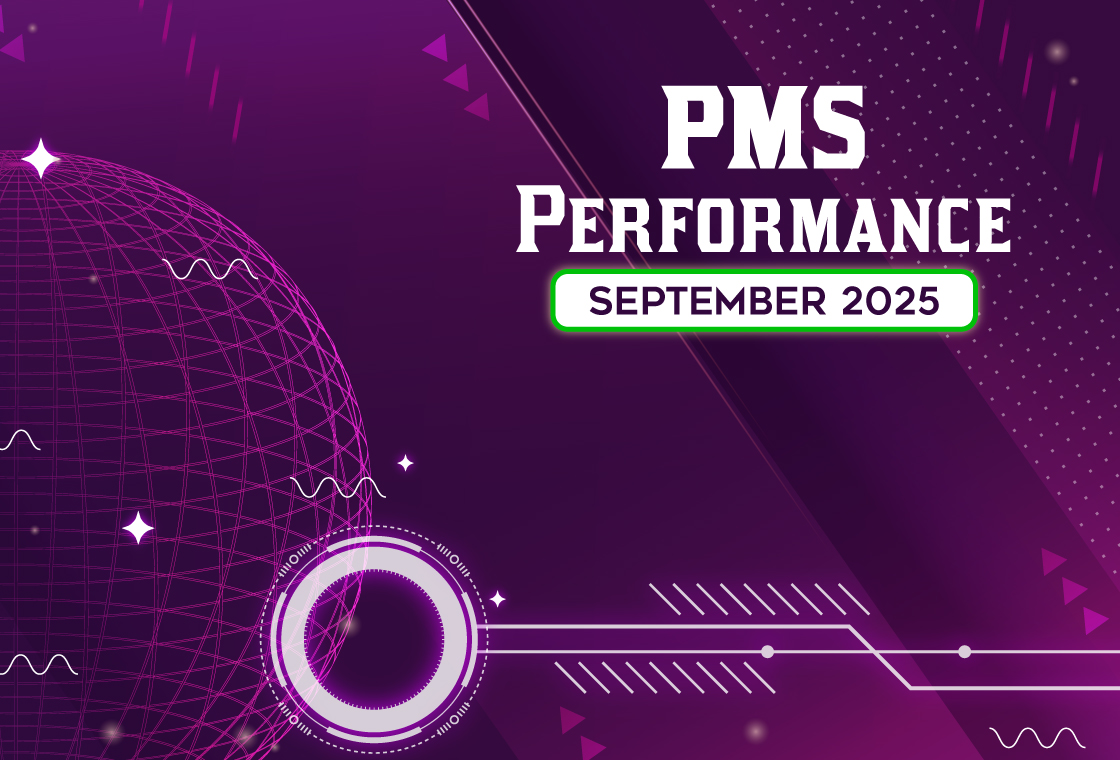
Resilience returns as markets rebound in September; Multi-asset PMSes lead pack
Over 63% of equity PMSes ended September in green; nearly two-thirds outperformed key benchmarks.

